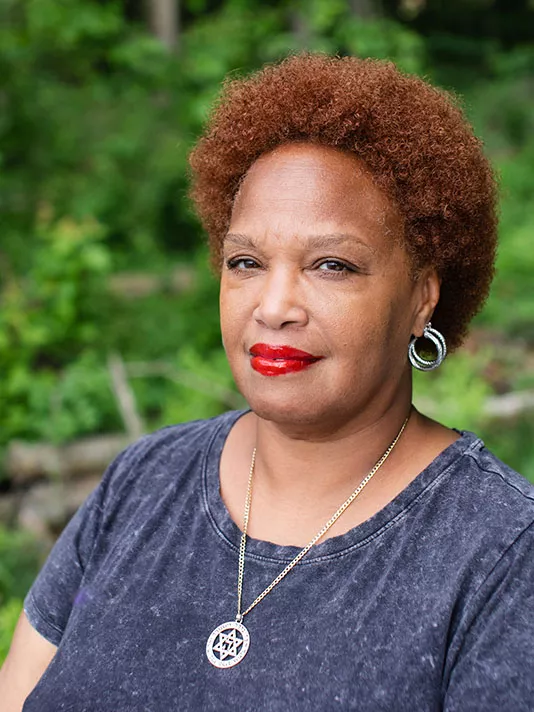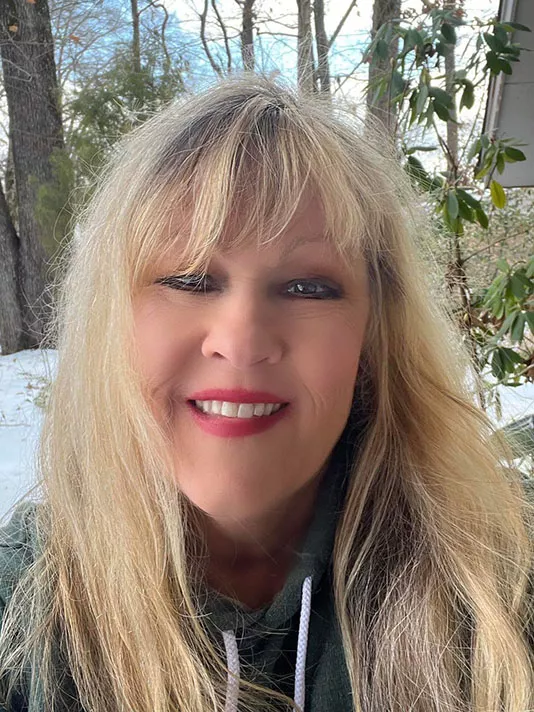Question 1

|
Clayton Daughenbaugh Volunteers are central to Sierra Club’s power. Power is derived from organized people – the more the better. Volunteer leaders embody that power and the authority shared amongst them and correspondingly with staff is vital to making our power impactful. Volunteer entities need to receive sufficient financial and staff support to enable them to fill their role in the organization. Chapters are key and first but the Grassroots Network and Campaign leadership teams are also vital. The primary decision-making bodies of the organization should be volunteer led in teams with corresponding staff. Regional and national volunteer entities should be enabled to meet, in-person, with their corresponding staff partners at least every other year. Gatherings of volunteer leaders should include opportunities for training appropriate to their role. Everyone should be encouraged to bring in new people and support people in growth. Growing diversity among our leader and activist base is vital to our capacity to act successfully on the planet’s behalf. Collaboration and partnership among volunteers and staff should be the norm. |

|
Princess Washington The role of the volunteer within the organization of the Sierra Club is vital towards the overall success of the first ever grassroots environmental agency in the United States. It is the volunteer who is the first point of contact, the backbone, and the face of the entire of Sierra Club. The role of the volunteer is crucial, as they represent the passion and the intent of our organization. The best way that Sierra Club can ensure that our volunteer leaders are prepared and supported is to streamline communication. Volunteer leaders should be equipped with the proper contact in order to expedite questions, concerns, or any call to actions that may arise on the local level. This communication will start from the ground up, and through awareness will rise up through the channels. |

|
David Karpf Volunteers are the Sierra Club’s power base. The thing that makes the Club unique among national environmental organizations is our grassroots leadership at the state and local level. Supporting a massive, federated organization like the Club’s isn’t easy. It requires resources (staff, training, and an infrastructure of two-way communication) and constant maintenance. And, particularly in a moment where the Club is trying to patch a massive hole in the budget, it is critical that the board ensure we do not hollow out our volunteer capacity. When I previously served on the board, we collaborated with Marshall Ganz to launch a nationwide training program that helped prepare and support our volunteer leaders on the ground. We also held the 2005 Sierra Summit, which convened the entire grassroots leadership to help set the Club’s strategic direction. I have heard that there are plans to organize another Sierra Summit. I think that’s great, and would be excited to help make it a reality. |

|
Erica Hall The role of volunteers in the Sierra Club is integral and critical to the success of the organization. Volunteers are the heartbeat and lifeline of the Sierra Club. As someone who started as a volunteer from a local group, what I learned was invaluable. The passion, energy, and genius of the volunteers are unmatched. The Sierra Club can provide wellness and mental health support to volunteers, similar to an Employee Assistance Program (EAP) for volunteers to help prevent burnout. Increase support for frontline vulnerable communities of color in their fight for environmental justice and equity while protecting our natural resources. Provide better onboarding materials for new volunteers. Assist volunteers with capacity building; community and civic engagement and have staff support community-based events and efforts. Create more inclusive spaces and environments for at-risk communities. |

|
Karl Palmquist Volunteer recruitment, engagement, and retention is one of the most important goals of the Sierra Club as an organization. The Club’s volunteer base—spanning across the country with reach into many neighborhoods and communities—is a unique asset. As an organization, we must develop our leaders at the grassroots level, with the intention of strengthening local Sierra Club Groups. Volunteers provide power in numbers, but we also serve as the interface between the Sierra Club and the surrounding communities we seek to empower. One critical way the Sierra Club can better ensure volunteer leaders are equitably prepared and supported is through improving membership outreach. Even as the Chair of a local Group, I have rarely been consulted on ways the Club can better support our local advocacy and leadership development. We should immediately correct this and find ways to structurally incorporate the feedback of grassroots volunteers. Sierra Club volunteers understand the environmental issues in their communities and have the connections and partnerships to rapidly engage as issues emerge. In many cases, local Group Executive Committees consist of community leaders. As an organization, the Sierra Club needs to support Groups and Chapters as they build their Conservation Committees and Executive Committees to ensure that they represent diverse community interests. The Club’s organizing infrastructure—from texting to action alerts/petitions—is a great tool for recruiting new members. Local Groups and Chapters would benefit from easier access to these organizing tools. |

|
Nancy Muse Volunteers are the heart and soul of the Sierra Club and set priorities, carry out the mission of the Club and may assume leadership roles. Since 1892, the role of volunteers has expanded greatly with the volunteer-led model being the hallmark of the Club. The free labor provided by the volunteer membership—many of whom have professional careers which qualify them to provide expert advice—is an invaluable asset. In addition to facilitating the many Club activities, volunteers may serve as change makers in their communities, having great influence on local, state and national political decisions which have a direct impact on environmental and social justice and critical environmental issues. Volunteers and staff are charged to work together in a mutually beneficial manner to accomplish set goals. In order to prepare and support volunteers in their various roles going forward, there are virtual opportunities provided for volunteers to have access to much information on the different workings of the Club. The Club should do more to provide information and spaces for volunteers and staff to intersect in order to gain better understanding of procedures and clearly define respective roles. A top-down approach has been perceived as heavy-handed and has resulted in low volunteer morale. Sweeping changes being made without substantive volunteer input and a lack of specifics of how to carry out duties has resulted in confusion. Chapter handbooks are needed with guidelines, which would empower volunteers to be able to move forward with confidence. |

|
Meghan Sahli-Wells As a volunteer-led organization, volunteers are essential to the Sierra Club’s everyday operations and extraordinary successes. From hyper-local expertise and activism on the Group level to the Board of Directors leadership itself, encompassing over 3.5 million members and supporters, Sierra Club’s volunteers are the superpower that sets this organization apart from others. Volunteers organize and lead outings, they conduct endorsements and engage with elected officials to ensure Sierra Club’s priorities are translated into policies. They conduct research, connect with impacted communities, run meetings, testify at public hearings, raise money, craft policy, lead campaigns, protest, organize, recruit, inspire and so much more. Supporting volunteer leaders is mission-critical, and includes constant communications improvement, providing accessible and relevant training, providing staff support and financial resources, ensuring Campfire and other digital resources are functioning and easily accessed, streamlining reporting tools, and advancing policy priorities. Supporting volunteer leaders also means listening to leaders’ needs. I’m excited about the new regional field structure, providing better access information and resources between local and national volunteers and staff within key geographic areas. As we strengthen and grow this structure, volunteer support will grow with it. All board members serve on at least one Advisory Committee. For the past year, I’ve served on the Volunteer Leadership Advisory Committee (VLAC), which facilitates volunteer leadership, grassroots engagement, and activism within Sierra Club. This experience has helped deepen my understanding of diverse volunteer needs. |